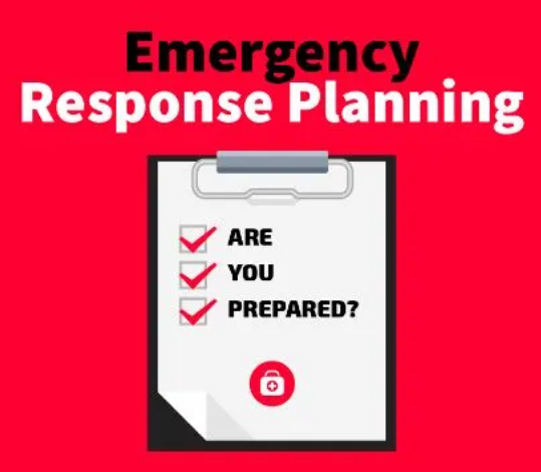BSEE: Are your emergency procedures and your emergency equipment good enough?
The United States Bureau of Safety and Environmental Enforcement (BSEE) has published Safety Alert 469 relating to readiness for medical evacuation and dealing with emergency hazards.
What happened
An inspection of offshore sites in the Gulf of Mexico revealed:
- Inconsistencies in the documentation and recording of injuries and illnesses;
- Procedural gaps and possible flaws in working practices;
- Problems with medical support and evacuation resources,
- All which could affect the emergency response capabilities of facilities.

What went wrong
The BSEE found that:
- It took an average of 6.8 hours, according to the evacuation reports, from the time an incident occurred to the time evacuees arrived at medical facilities;
- Medical supplies for facility personnel were inadequate;
- Offshore workers did not know where first aid kits were located or how to properly use them;
- Emergency action plans were out of date, difficult for workers to find, and contained incorrect contact information. In some instances, the plan was only known to the person in charge;
- Many operators could not show proof they had carried out medical emergency drills on a regular basis, even though it was a requirement;
- Several facilities had equipment obstructing high-traffic areas, creating trip hazards, blocking escape routes, and posing safety risks;
- Rescue baskets (“Stokes litters”) were found inoperable at several facilities, inconveniently located, unsuitable for hoisting during emergencies, and rarely included in drills;
- Although all facilities except one had automatic external defibrillators (AEDs), the equipment was not easily accessible, and only medical staff had been trained on proper use of AEDs.
What to do next
The BSEE recommended:
- Have a review and update of medical evacuation procedures, confirming the accuracy of all details, including personnel information, service providers, contact phone numbers, and related data;
- Ensure all crew are fully aware of the contents of emergency plans;
- Ensure robust quality checks and inventory management of emergency, first aid and medical equipment and supplies, including checking:
- Ensure robust quality checks and inventory management of emergency, first aid and medical equipment and supplies, including checking:
- Expiration dates of medicines and other materials;
- Evacuation chairs, rescue baskets, Stokes litters, stretchers etc;
- Defibrillators.
Members may wish to refer to:
Safety Event
Published: 12 February 2024
Download: IMCA SF 03/24
IMCA Safety Flashes
Submit a Report
IMCA Safety Flashes summarise key safety matters and incidents, allowing lessons to be more easily learnt for the benefit of all. The effectiveness of the IMCA Safety Flash system depends on Members sharing information and so avoiding repeat incidents. Please consider adding [email protected] to your internal distribution list for safety alerts or manually submitting information on incidents you consider may be relevant. All information is anonymised or sanitised, as appropriate.
IMCA’s store terms and conditions (https://www.imca-int.com/legal-notices/terms/) apply to all downloads from IMCA’s website, including this document.
IMCA makes every effort to ensure the accuracy and reliability of the data contained in the documents it publishes, but IMCA shall not be liable for any guidance and/or recommendation and/or statement herein contained. The information contained in this document does not fulfil or replace any individual’s or Member's legal, regulatory or other duties or obligations in respect of their operations. Individuals and Members remain solely responsible for the safe, lawful and proper conduct of their operations.
